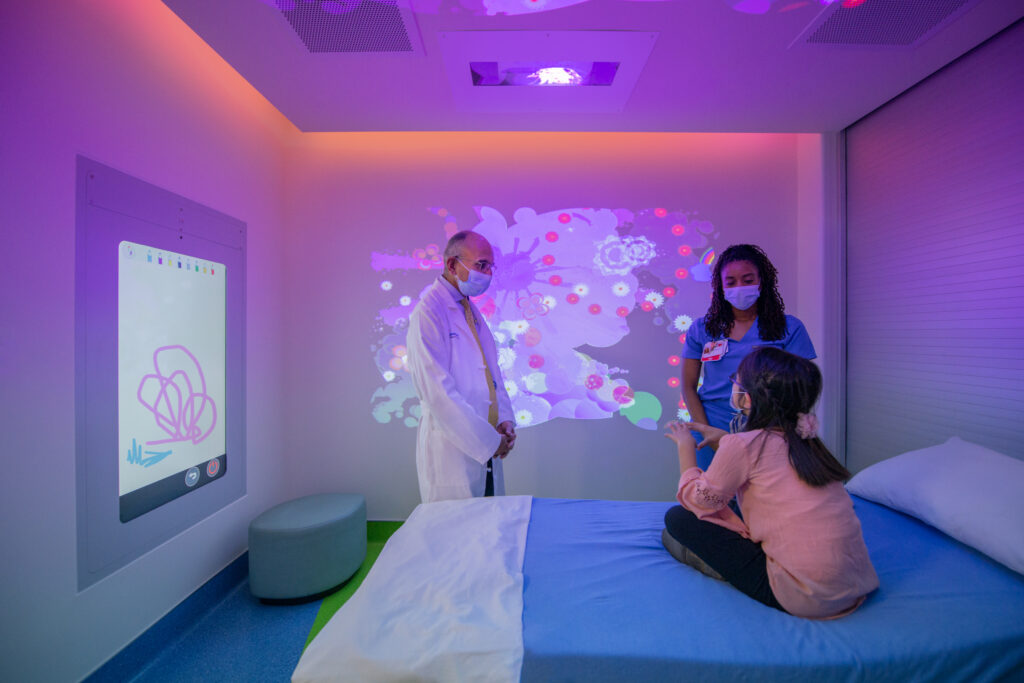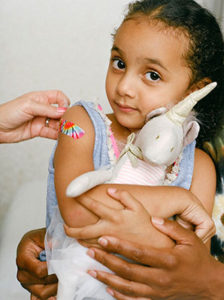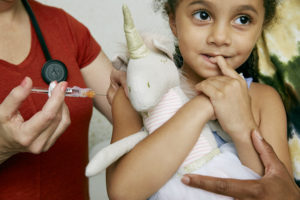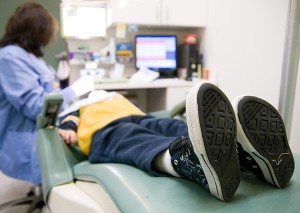Category
Children
-
CDC establishes new reference value for dangerous blood lead levels
The Flint, Michigan water crisis remains a prime example of the importance of public health journalism. Without the dogged reporting…
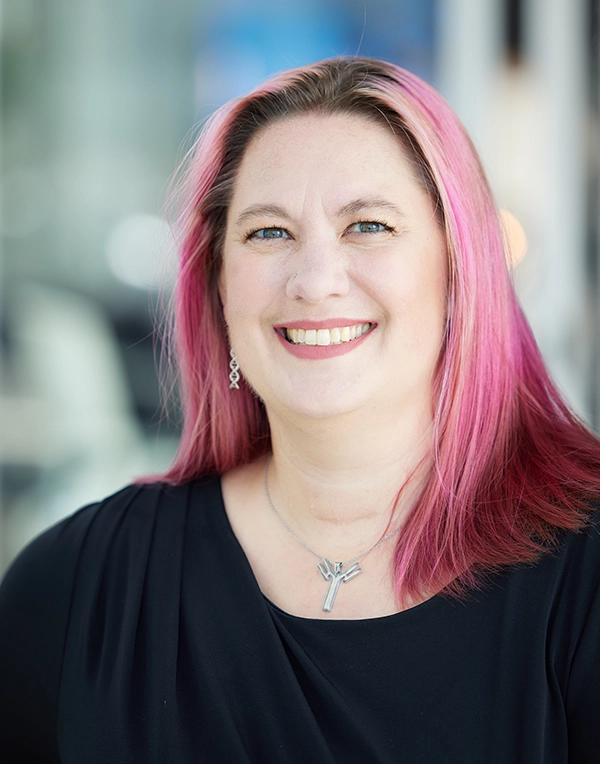
-
Dallas, Baltimore children’s hospitals embrace high-tech features in behavioral health areas to promote calmness
Children and teenagers presenting to emergency rooms with behavioral health crises sometimes wait hours to days for a bed in…

-
CDC highlights case study on how schools could reopen safely
To showcase how schools could reopen safely this year, Centers for Disease Control and Prevention director Robert Redfield, M.D., highlighted…

-
NEA president to join webcast on re-opening schools
Lily Eskelsen García, president of the National Education Association, will join AHCJ’s webcast, “Reporting on school reopenings in the time…

-
Tips for covering the latest news about antimicrobial resistance
The danger of antibiotic resistance became clearer in November with the release of new figures showing that antibiotic resistance is…

-
Are state bans on vaccine exemptions the right approach?
Is eliminating the religious or philosophical exemption from vaccinations the right public policy tool to stop and prevent measles outbreaks?…

-
Self, AAP collaborate on library of vaccine images for free use
Photos accompanying news stories about vaccines are notoriously awful, both in effect and in verisimilitude. They often feature large needles…

-
New data resource on NSQIP database can inform coverage of relevant medical studies
More than 1,500 peer-reviewed studies have relied on a surgical database known as the National Surgical Quality Improvement Program (NSQIP),…

-
California death revives concerns about sedation of children
The California Dental Board is investigating the case of a 4-year-old boy who died after receiving anesthesia at an Oakland…

-
Speaker spotlight: Eliminating disparities in maternal and child health
Rebecca Dineen, assistant commissioner for the Bureau of Maternal and Child Health at the Baltimore City Health Department, will be…


